- Bonder & Flip Chip
- Atmospheric Plasma Cleaner
- Vacuum Plasma Cleaner
- Spin Rinse Dryer
- Dispensing & Micro/Nano Printing System
- Lithography Process Systems
- Diffusion and LPCVD Furnaces
- Rapid Thermal Processing & Annealing
- Vacuum Soldering Systems
- Parylene Coating System
- Deposition System
- Hollow Cathode Plasma Source
- Plasma Etching System
- Sintering Presses
- Wet Process & Plating Tool
- Vacuum Chamber
- Electron Beam & Photo Resist
- Deposition Materials
Epoxy/Adhesive Bonder
In the rapidly developing electronics industry, reliable and efficient manufacturing technologies are essential. Tresky’s epoxy/adhesive bonders are designed to perform an efficient bonding process with the highest precision, repeatability and quality to ensure reliable chip-to-substrate connectionsا.
Category: Die Bonder
Tags: adhesive bonder, die bonder, electronics, epoxy bonder, micromechanical parts, semiconductor
Description
Efficient, Reliable and Innovative for Optimized Semiconductor Connections
Epoxy/adhesive bonding is a specialized process for bonding semiconductor chips, lenses or other micromechanical parts to substrates using an adhesive. Due to its processing speed and low cost, it is one of the most common processes in die attach. The process guarantees high stability, reliability and is very flexible, so the adhesives used can even be used for conductive connections. Tresky offers innovative, precise and sustainable epoxy/adhesive bonding solutions that can be modularly integrated into Tresky’s equipment. Tresky’s expertise and technology ensure that this bonding process is performed smoothly and with the highest quality to maximize the life and performance of your electronic products.
After applying the conductive adhesive, often epoxy adhesive (epoxy in short), using various processes (needle dispensing, stamping, jetting, etc.), the chip is placed into the liquid adhesive using Tresky tooling. The adhesive then cures within a defined time. The process can be supported and accelerated by heat or UV light, for example.
Added Value
Reliability and Durability
Epoxy/adhesive bonding methods ensure outstanding component reliability and longevity. By creating strong, resilient bonds that offer resistance to mechanical shock and thermal stress, this method is instrumental in extending the life and reducing the failure rates of electronic components.
Flexibility and Adaptability
Epoxy/adhesive bonding is characterized by its flexibility and adaptability, which allows it to be used in a variety of applications, including chip assembly. The ability to bond dissimilar materials and handle complex geometries makes it a preferred process for innovative product development where conventional joining methods may reach their limits.
Cost Efficiency
Epoxy/adhesive bonding offers a cost-effective solution for mass production of electronic components. By minimizing material consumption and reducing production times, significant cost savings can be achieved.
Important Process Parameters
Adhesive Selection
Detailed analysis of the polymer matrix and fillers in adhesives, especially epoxy, and their effects on the thermal, mechanical and electrical properties of the bonds formed.
Curing Conditions
Various curing conditions, including temperature, time and atmospheric conditions, and their effects on the microstructure and properties of the bond formed.
Substrate Preparation
Surface preparation of the substrate, including cleaning and activation processes, to ensure optimal adhesion and defect-free bonding.
Variable Parameters for Epoxy/Adhesive Bonding are
- Adhesive quantity
- Dosing pattern
- Contact pressure
- Bonding time
Reviews (0)
Be the first to review “Epoxy/Adhesive Bonder” Cancel reply
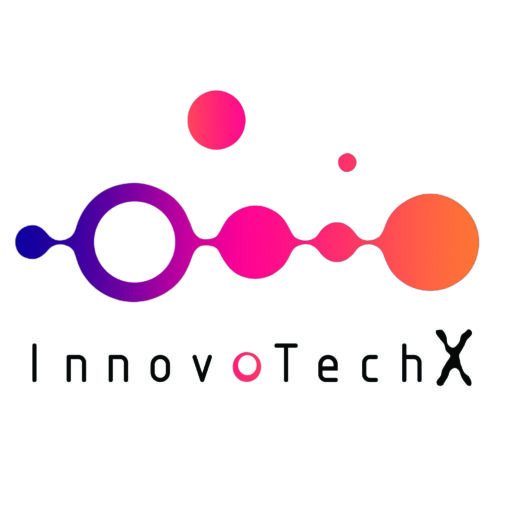
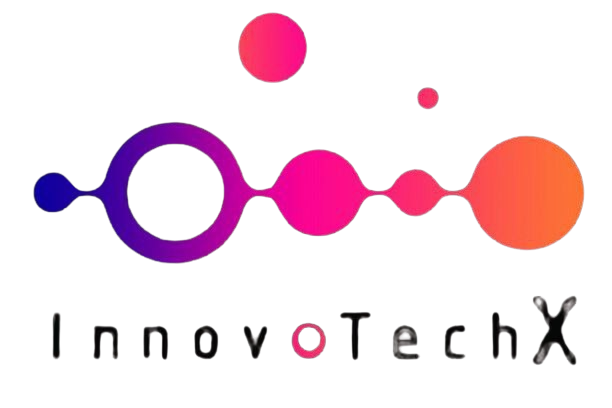
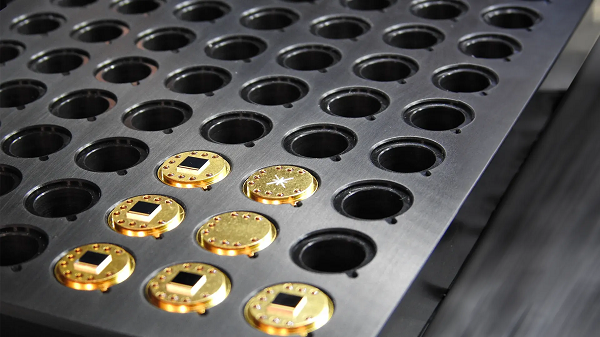
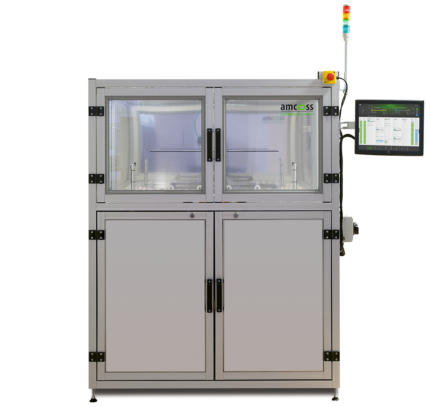
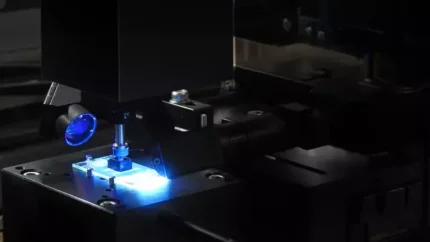
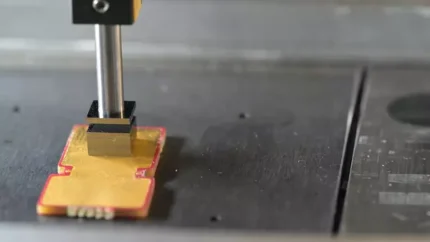
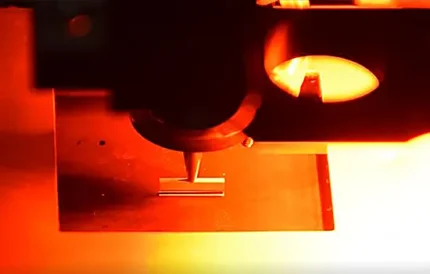

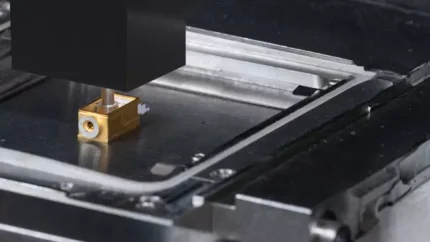
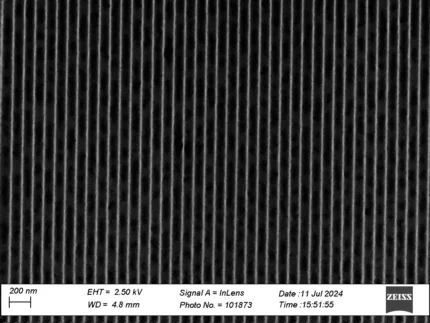
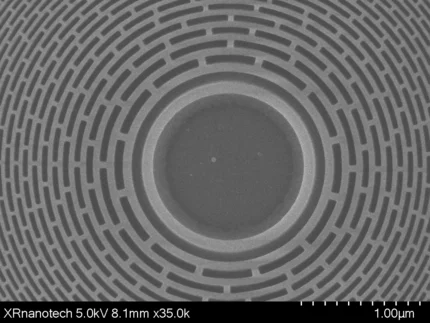
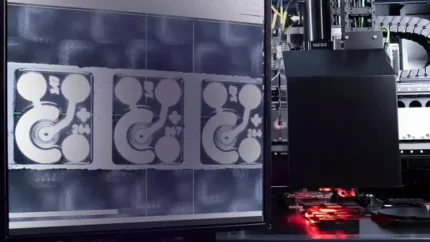
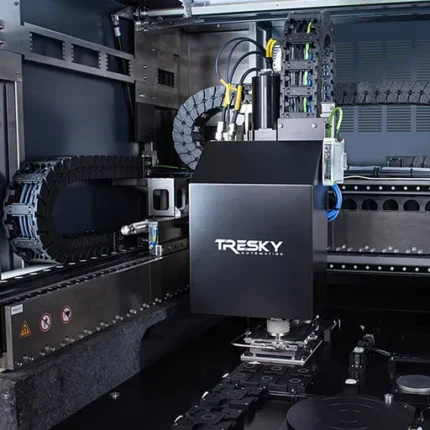
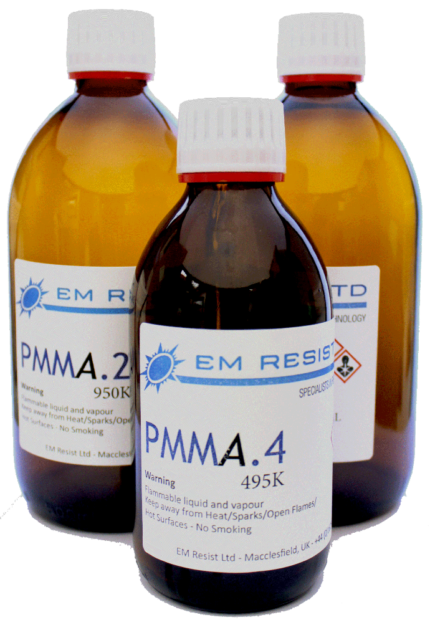

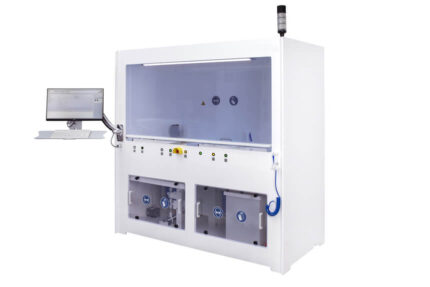
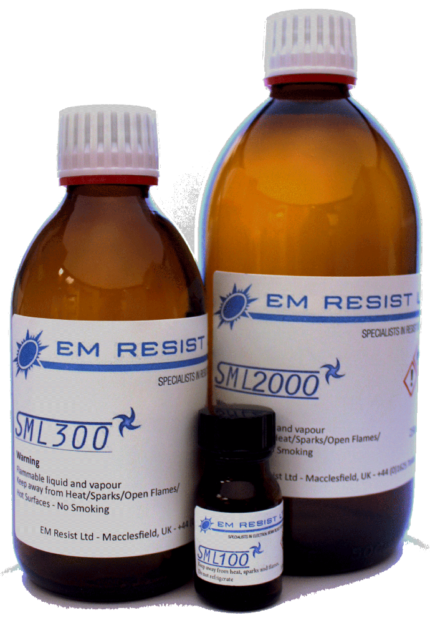
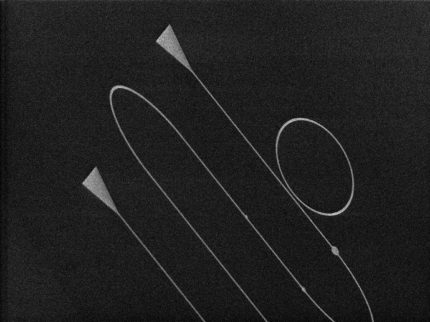
Reviews
There are no reviews yet.